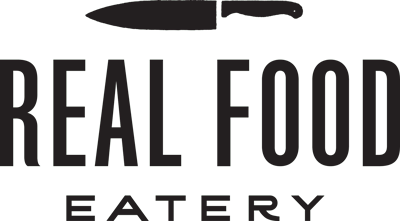Sugar Content
Dry farmed grapes tend to have less sugar content than their irrigated counterparts. Mainly because they have a less abundant food supply. Dry farm grapes are like hardcore hunter gatherers. They aren’t being doused with water all day. They have to work hard for their food, digging deep into the earth for a dribble of water stored in the soil. Since alcohol fermentation is effectively the conversion of sugar into alcohol, less sugary grapes make wine that is lower in alcohol and lingering sugar content. This is the key to Todd White’s (questionable) marketing promise that his wines are “hangover-free”, since alcohol and sugar are the primary hangover culprits.
Flavor
Dry farm grapes are said to have a more complex, mineral rich flavor profile. This is mainly driven by their water source. Unlike their groundwater sipping counterparts, dry farm vines have no choice but to dig deep into the soil where the water is rich in mineral content. Plump, sugary, irrigated grapes tend to create bold, “fruit forward” wines, while dry farm wines tend to be more subtle, with mineral-driven complexity. Toxins Dry farm wines are said to be “cleaner”. This is again due to the water source. Dry farm vines drink from down under where the water tends to be more pure. Irrigation is apparently more likely to introduce pesticides, toxins, and pollutants which can make their way into the wine. Where To Buy Dry Farm Wines
I was very intrigued after listening to Todd’s spiel. I wanted to get my hands on some dry farm wine, but didn’t want to commit to the expensive wine subscription model offered by his company. On my next trip to NJ, I popped into Moore Brothers, an importer and niche retailer of fine wines. They are known to have knowledgeable sales associates and the entire store is kept at 55 degrees. Everyone wears fleece jackets even during the summer. It’s a very cool spot (no pun intended).
I approached a guy and told him about my newly acquired knowledge of dry farming and asked if they sold any dry farmed wines. His response: “every wine in here is dry farmed”. Wait, WHAT?!?!
Todd White is an excellent marketer and does a great job at making dry farm wine seem like an elusive rarity. But, in fact, it’s not. There are actually several regions in Europe where irrigation is illegal because it is believed to be detrimental to quality wine making. Moore Brothers happens to import nearly all of their wine from small(er) wine makers in Europe, so they carry dry farm wines by default. Included in the list of regions with irrigation bans are the 5 B’s:
• Burgundy, France • Bordeaux, France • Barolo, Italy • Barbaresco, Italy • Brunello, Italy I used to select wine by variety (i.e. cab, pinot, syrah, etc), but now have learned to select based on region. After memorizing a few regions I typically enjoy, I was able to easily buy wines at any liquor store with no need to consult a store rep, and with a fairly reliable indicator that it will have the merits of a dry farm wine.
My Experience with Dry Farm Wines
Todd was right! I noticed that I tolerated these dry farm wines better than the bold California wines that I used to favor, and I developed a liking for the subtle mineral flavor complexity. It’s important to note, however, that the hangover reduction was likely due to the mere fact that I was consuming less alcohol -- not the reduced toxins or other “magic” features of dry farming.
The big, bold California wines that I was accustomed to drinking usually carried an ABV of 14-15%. Many of the “dry farm” European wines I was now enjoying ranged between 12-13.5%. Less alcohol = less hangover. Prior to my interest in dry farm wines, I never really paid attention to ABV. Now, I specifically select wines in the 12-13.5% range, knowing that I’ll be less likely to feel hungover the following day.
The Moral of the Story
It’s important to note that there is significant debate in the wine community over dry farming vs irrigation. There are respected wine makers all over the world that use irrigation to create beautiful, clean wines. Todd White represents one side of the story and this article serves to simply paraphrase his philosophy without performing rigorous research on the topic.
Regardless, the dry farm wine movement offers value in that it’s another reminder to pay close attention to sourcing, traceability and product quality. To think deeply about where the things we buy come from, who made them, and how the environment was affected. It also reminds us that alcohol can be rough and that generally -- less is more. Stay healthy, stay dry. |
|
|
|
|
